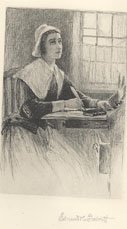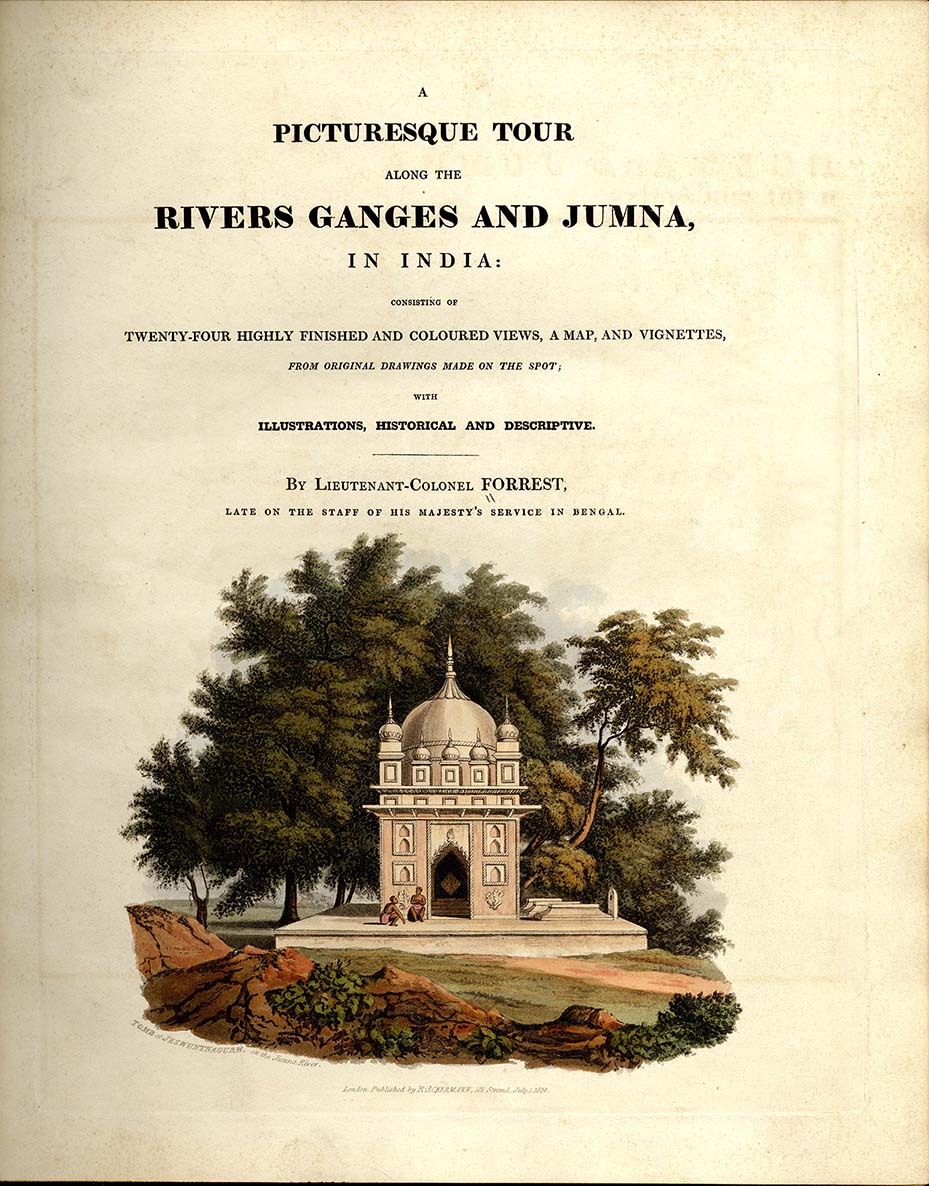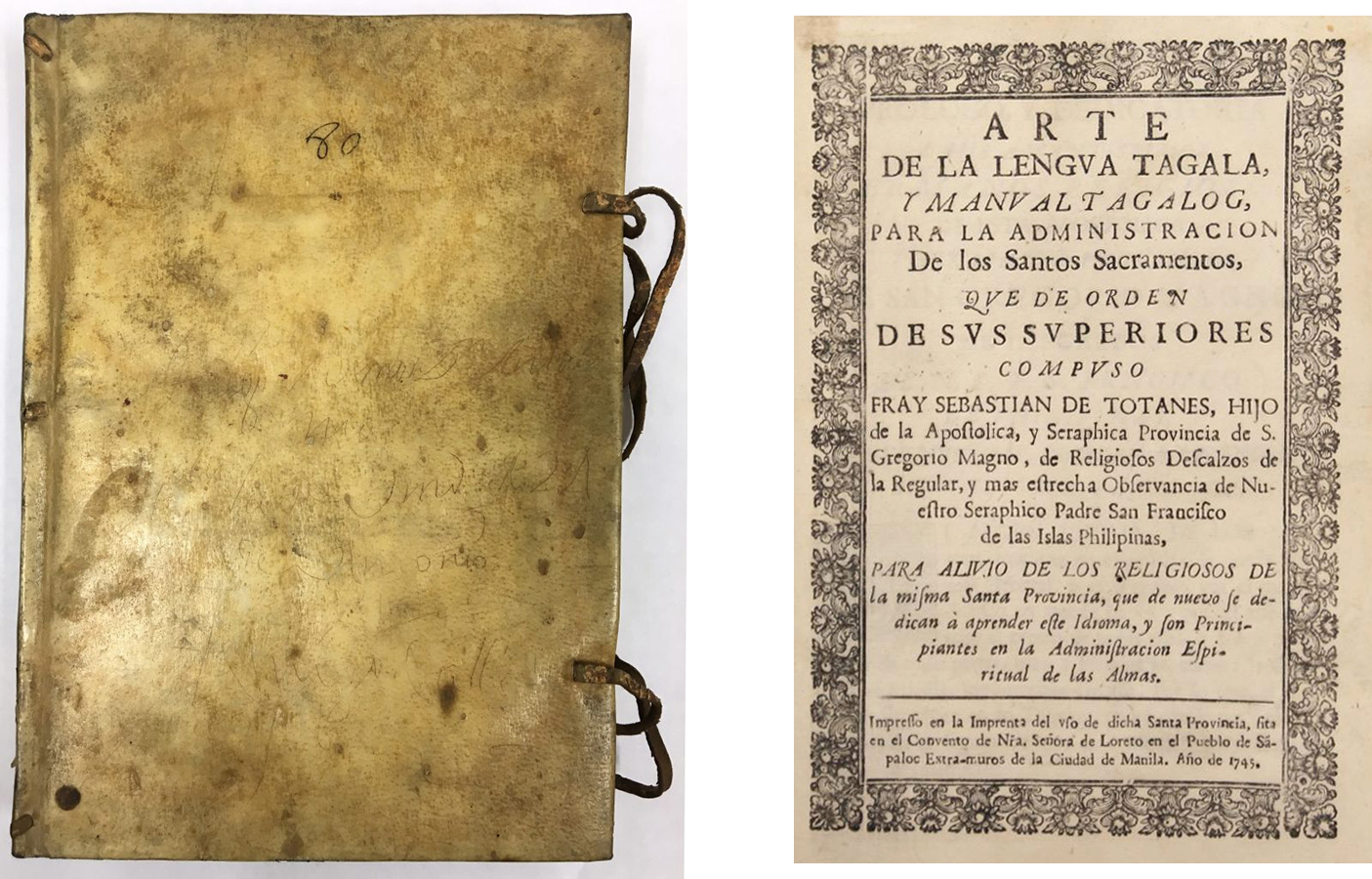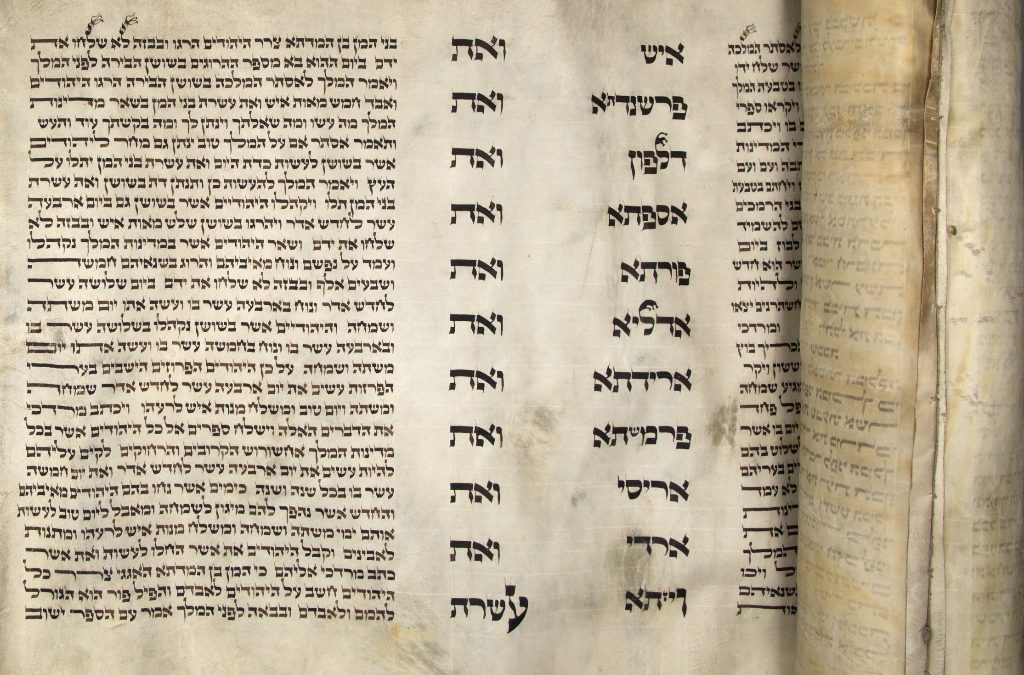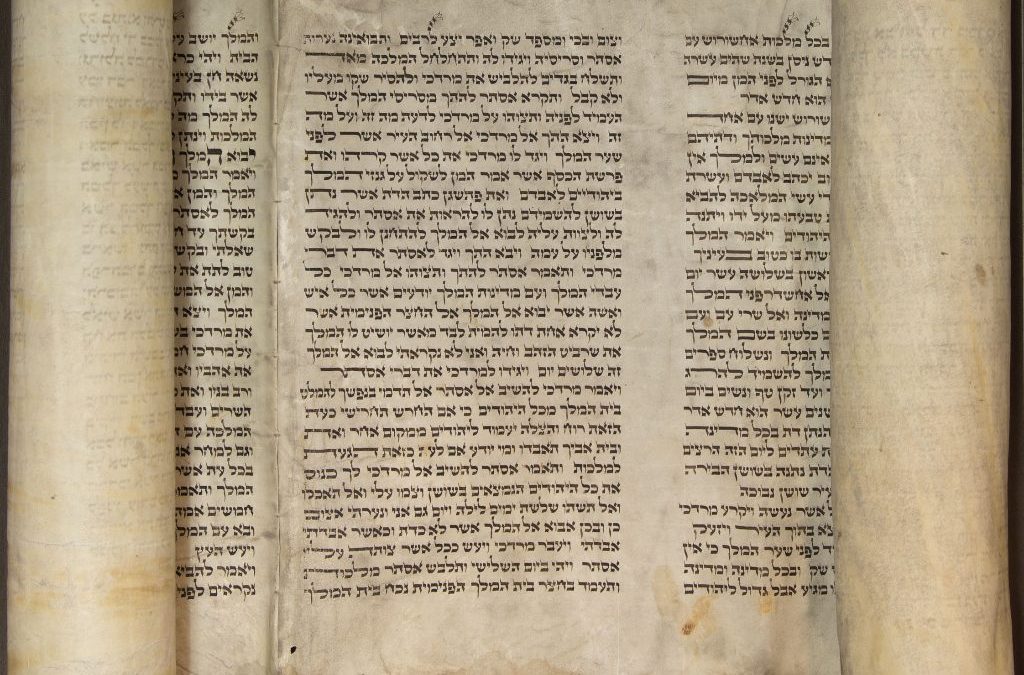By Erica Bock, Archives and Rare Books Library Intern
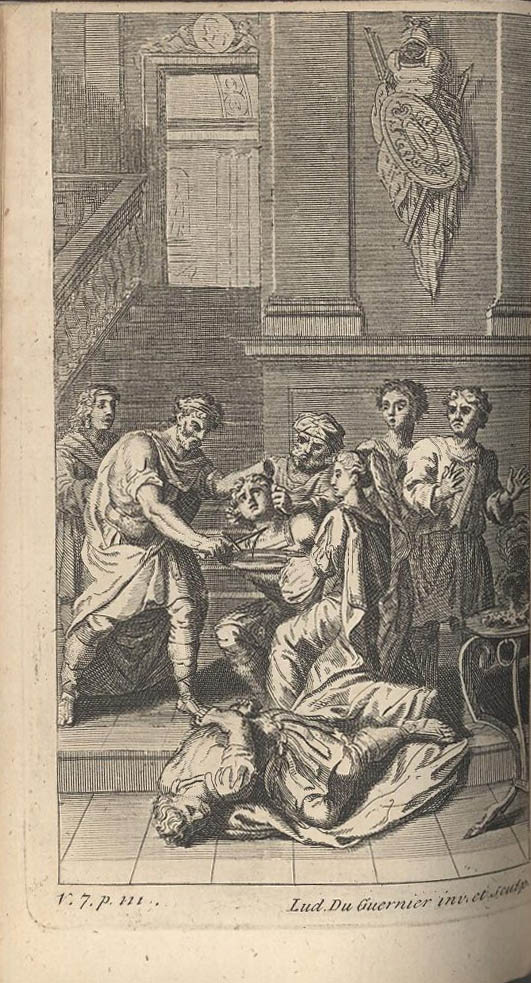 It is that time of year again. It is starting to feel like fall and Halloween is right around the corner. Netflix is coming out with their top Halloween picks. And a category such as “gory” or “gruesome” is bound to be featured, as it is nearly every year. If you are like me, not only do you enjoy a scary film, but there are also books that fit the season. Maybe you are cracking open Bram Stoker’s Dracula or Stephen King’s Carrie. However, I just may have a new recommendation for you. Shakespeare’s Titus Andronicus is a horror story that would definitely be featured on Netflix’s gory or gruesome film choices. And, believe it or not, it would be appealing to the same fans who adore American Horror Story or Sweeney Todd. But apart from appealing to the horror genre buff, this play addresses some issues that may be very close to home.
It is that time of year again. It is starting to feel like fall and Halloween is right around the corner. Netflix is coming out with their top Halloween picks. And a category such as “gory” or “gruesome” is bound to be featured, as it is nearly every year. If you are like me, not only do you enjoy a scary film, but there are also books that fit the season. Maybe you are cracking open Bram Stoker’s Dracula or Stephen King’s Carrie. However, I just may have a new recommendation for you. Shakespeare’s Titus Andronicus is a horror story that would definitely be featured on Netflix’s gory or gruesome film choices. And, believe it or not, it would be appealing to the same fans who adore American Horror Story or Sweeney Todd. But apart from appealing to the horror genre buff, this play addresses some issues that may be very close to home.
Although this story features a horrific fourteen killings, six severed members, one rape, one live burial, one case of insanity and an instance of cannibalism, we can find a number of these barbaric acts relevant to today’s culture. First and foremost, the issue of racism is addressed through these events. Titus Andronicus’ opposing sides consist of the Romans, which are revealed to be the more civilized pale skinned people, and the Goths, the darker skinned people known for their lawlessness and tactlessness. These are simply cultural biases that our culture is no stranger to. However, as the story progresses, both parties commit crimes of hatred, causing the audience to wonder who the heartless and reckless people really are in the end. Continue reading

